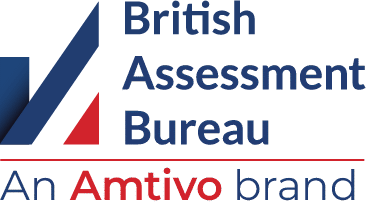Complying with the Construction, Design and Management (CDM) Regulations requires careful planning and vigilance throughout a construction project. Here are some key steps that businesses can take to ensure they comply:
Understand the Regulations
The first step is to thoroughly understand the CDM Regulations. This includes knowing the roles and responsibilities assigned to clients, designers, contractors, and other parties involved in the project.
Appoint competent people
It’s crucial to appoint people who are competent in their respective roles. This includes the designers, contractors, and crucially, the principal designer and principal contractor for projects involving more than one contractor.
Risk management
Effective risk management is a key aspect of CDM compliance. This includes identifying potential hazards, assessing the associated risks, and implementing measures to eliminate or control these risks.
Planning and management
Prepare a construction phase plan before the construction work starts. This should explain how health and safety risks will be managed during the construction phase. For projects involving more than one contractor, the principal contractor is responsible for preparing this plan.
Health and safety files
Maintain a health and safety file for each project. This should contain all relevant health and safety information that may be required during any subsequent project or maintenance works.
Communication and cooperation
Encourage clear and effective communication and cooperation among all parties involved in the project. This will help ensure that health and safety risks are properly managed throughout the project.
Training and information
Make sure that all workers have the necessary training and information to carry out their tasks safely. This includes site inductions, toolbox talks, and information about emergency procedures.
Regular reviews
Regularly review and, where necessary, revise health and safety measures, risk assessments, and other aspects of the project to ensure ongoing compliance with CDM Regulations.
Reporting and record keeping
Report all notifiable incidents, such as serious injuries, diseases, and dangerous occurrences, to the Health and Safety Executive (HSE). Also, keep accurate records of all relevant health and safety information.
Professional advice
Consider seeking professional advice on CDM compliance, especially for larger or more complex projects. This can include hiring a CDM consultant or engaging a lawyer specialising in construction law.
Remember, it’s not just about complying with the law; these steps can help businesses improve their overall health and safety performance, which can lead to fewer accidents, lower costs, improved morale, and enhanced reputation in the industry.
If CDM is relevant to you and your business, you should consider taking a CDM Awareness Training Course to give an overview of all the duty-holder roles and legal duties under current legislation. Courses like this will help you get and remain compliant.


